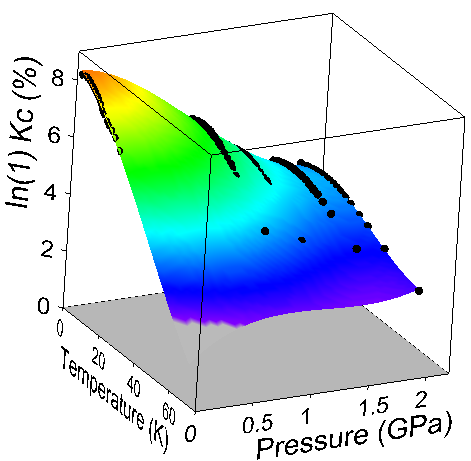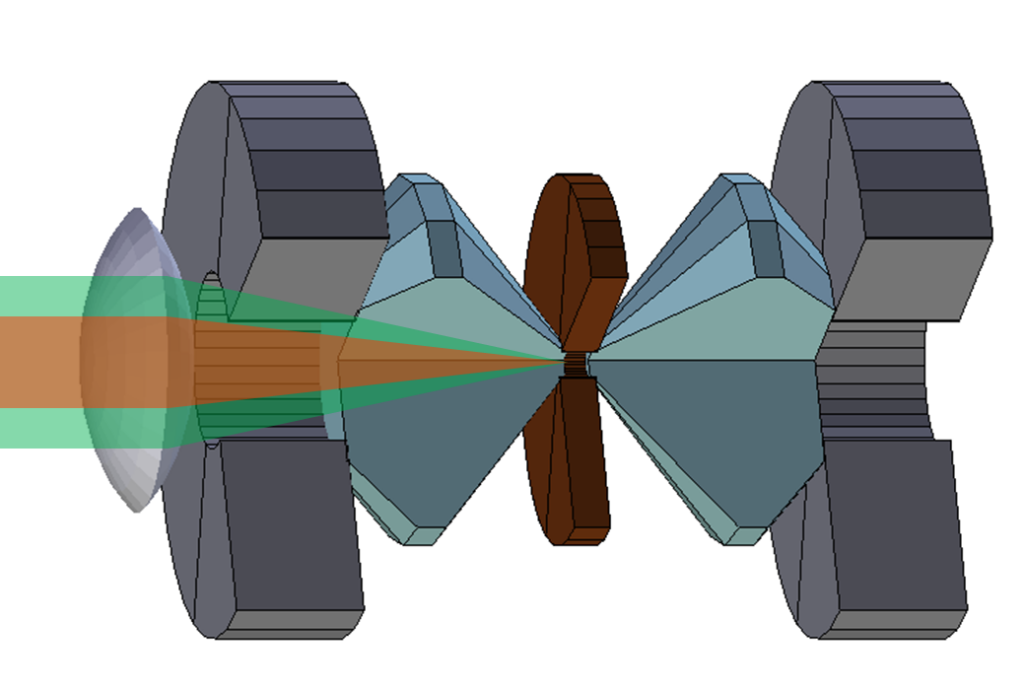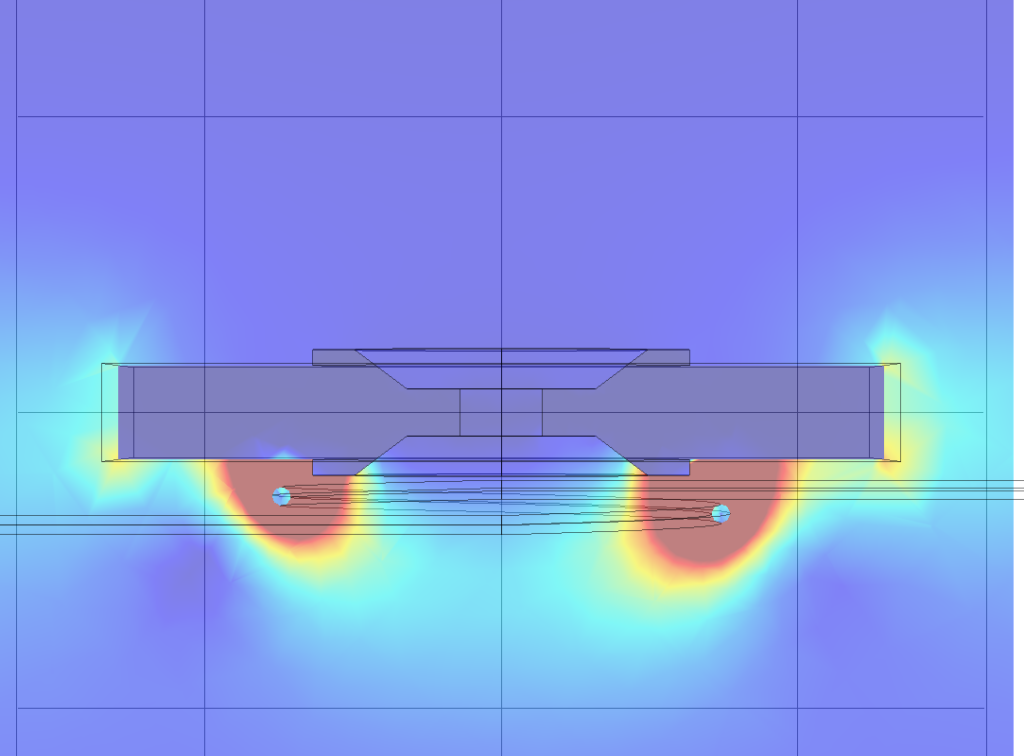High Pressure Research

We are conducting research on how materials properties change under hydrostastic pressure. Squeezing on a lattice will force the atoms closer together, and this subtle change can lead to drastic changes in the behavior of the electrons. Pressure is an important thermodynamic variable that can tune heavy fermions compounds to a quantum critical point, and interesting superconducting states sometimes emerge under pressure. Our research has uncovered important changes to the hyperfine interaction between the nuclear and electron spins, which reflect profound changes to the electronic structure near the quantum critical point.

Conventional NMR can be performed under pressure by sealing the sample and coil inside of a pressurized cylinder with a piston that compresses a fluid. The cylinder and piston must be hard materials, but also non-magnetic in order to perform NMR. This approach can reach up to 3 GPa, or around half a million psi. At these pressures, the spacing between the atoms in a typical solid lattice is reduced by only a fraction of a percent.

Going to higher pressures requires a new technology, the diamond anvil cell. This type of pressure cell can reach up to pressures one hundred times higher, reaching pressures similar to those in the deep mantle of the earth. At these pressures, materials that are insulating at sea-level pressure can become conducting or even superconducting.

NMR in a diamond anvil cell, on the other hand, is extremely difficult. To overcome this challenge, we are developing an approach using optically-detected magnetic resonance of NV centers. This approach hold promise to investigate the microscopic behavior of materials under conditions that are rarely found, but may hold important answers to the universe or have great technological importance, such as room temperature superconductivity.
Relevant Publications
ac Sensing Using Nitrogen-Vacancy Centers in a Diamond Anvil Cell up to 6 GPa Journal Article
In: Phys. Rev. Applied, vol. 16, no. 5, pp. 054014, 2021.
Impurities near an antiferromagnetic-singlet quantum critical point Journal Article
In: Phys. Rev. B, vol. 95, pp. 054419, 2017.
Optically detected magnetic resonance of nitrogen vacancies in a diamond anvil cell using designer diamond anvils Journal Article
In: Appl. Phys. Lett., vol. 111, no. 22, pp. 221903, 2017.
$^29$Si nuclear magnetic resonance study of URu$_2$Si$_2$ under pressure Journal Article
In: Phys. B, vol. 481, pp. 232–235, 2016, ISSN: 0921-4526.
Evolution of hyperfine parameters across a quantum critical point in CeRhIn$_5$ Journal Article
In: Phys. Rev. B, vol. 92, no. 15, pp. 155147, 2015, ISSN: 1550-235X.
NMR Investigation of Superconductivity and Antiferromagnetism in CaFe$_2$As$_2$ under Pressure Journal Article
In: Phys. Rev. Lett., vol. 102, no. 22, pp. 227601, 2009, ISSN: 0031-9007.
NQR and $T_1$ studies of the high-pressure phase in YbInCu$_4$ Journal Article
In: Phys. Rev. B, vol. 71, no. 22, pp. 224106, 2005, ISSN: 1098-0121.
